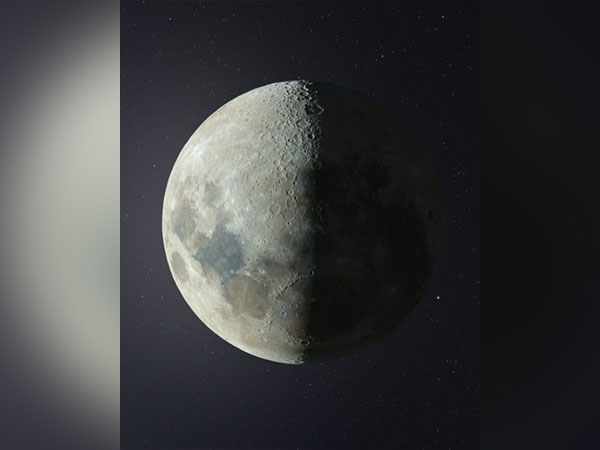Newly-discovered planets on the edge of destruction: Study
According to a new research, three newly-discovered planets were found to have been orbiting dangerously close to stars nearing the end of their lives.

- Country:
- United States
According to a new research, three newly-discovered planets were found to have been orbiting dangerously close to stars nearing the end of their lives. Samuel Grunblatt, a postdoctoral fellow at the American Museum of Natural History and the Flatiron Institute in New York City, announced the discovery and confirmation of these planets -- TOI-2337b, TOI-4329b, and TOI-2669b at an American Astronomical Society press conference. The study conducted was published in the 'Astronomical Journal'.
Out of the thousands of extrasolar planets found so far, these three gas giant planets had some of the shortest-period orbits around subgiant or giant stars. One of these planets, TOI-2337b, would be consumed by its own host star in less than 1 million years, sooner than any other currently known planet.
"These discoveries are crucial to understanding a new frontier in exoplanet studies: how planetary systems evolve over time," explained lead author Grunblatt. He added that "these observations offer new windows into planets nearing the end of their lives before their host stars swallow them up." The researchers estimated that the planets had masses between 0.5 and 1.7 times Jupiter's mass, and sizes that ranged from slightly smaller to more than 1.6 times the size of Jupiter. They also spanned a wide range of densities, from styrofoam-like to three times denser than water, implying a wide variety of origins.
These three planets are believed to be just the tip of the iceberg. "We expect to find tens to hundreds of these evolved transiting planet systems with TESS, providing new details on how planets interact with each other, inflate, and migrate around stars, including those like our Sun," said Nick Saunders, a graduate student at UH IfA and co-author of the study. The planets were first found in NASA TESS (Transiting Exoplanet Survey Satellite) Mission full-frame image data, taken in 2018 and 2019. Grunblatt and his collaborators identified the candidate planets in TESS data, and then used W. M. Keck Observatory's High-Resolution Echelle Spectrometer (HIRES) on Maunakea, Hawaii to confirm the existence of the three planets.
"The Keck observations of these planetary systems are critical to understanding their origins, helping reveal the fate of solar systems like our own," said UH IfA Astronomer Daniel Huber, who co-authored the study. Current models of planet dynamics suggested that the planets should spiral in towards their host stars as the stars evolved over time, particularly in the last 10 per cent of the star's lifetime. This process also heated the planets, potentially causing their atmospheres to inflate. However, this stellar evolution would also cause the orbits of planets around the host star to come closer to one another, increasing the likelihood that some of them would collide, or even destabilize the entire planetary system.
The wide variety of planet densities found in the study suggested that these planetary systems have been shaped through chaotic planet-to-planet interactions. This could also have resulted in unpredictable heating rates and timescales for these planets, giving them the wide range in densities that are observed presently. Future observations of one of these systems, TOI-4329, with the recently-launched James Webb Space Telescope could reveal evidence for water or carbon dioxide in the planet's atmosphere. If these molecules are seen, the data would provide constraints on where these planets formed, and what sort of interactions had to occur to produce the planetary orbits that are seen presently.
Continued monitoring of these systems with the NASA TESS telescope would constrain the rate at which these planets are spiralling into their host stars. So far, no clear signal of orbital decay has been observed in any of the systems, but a longer baseline of observations with the TESS Extended Missions would provide much tighter constraints on planet in-spiral than are currently possible, revealing how strongly planetary systems are affected by stellar evolution. The team hoped that this 'planetary archaeology' would help people in understanding the past, present, and future of planetary systems, moving humanity one step closer to answering the question: "Are we alone?" (ANI)
(This story has not been edited by Devdiscourse staff and is auto-generated from a syndicated feed.)










